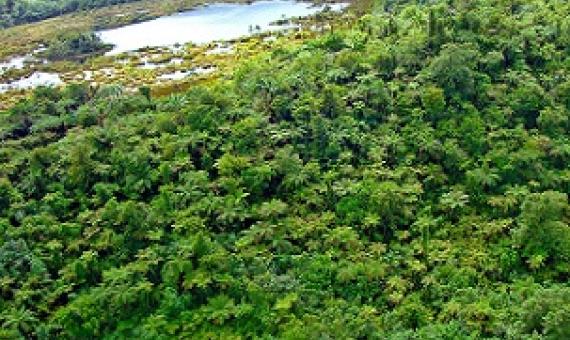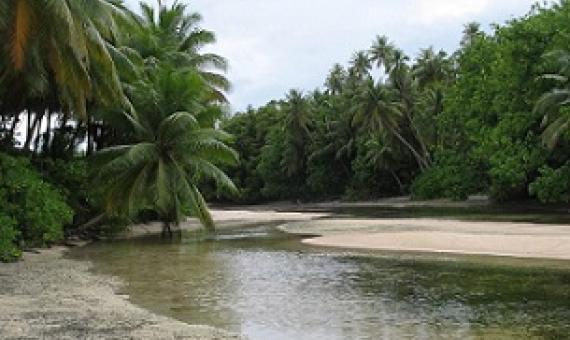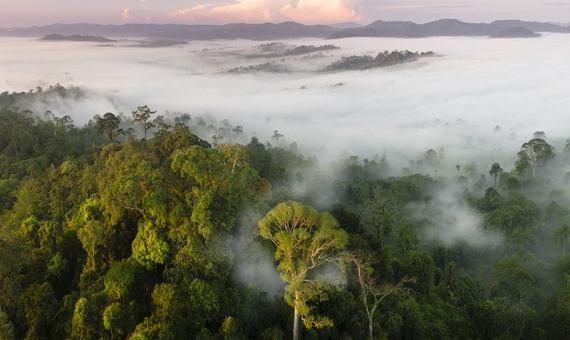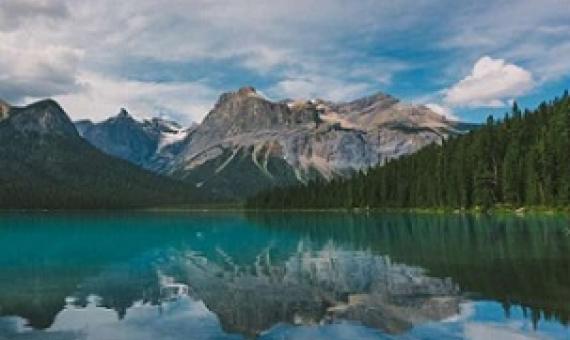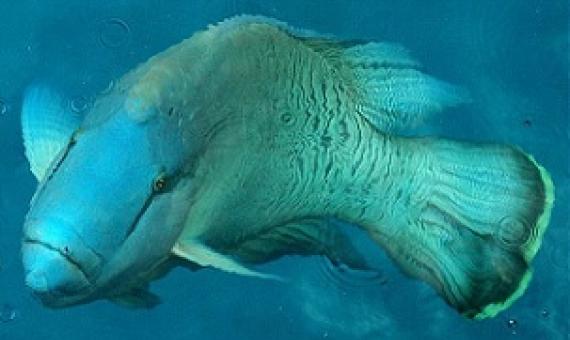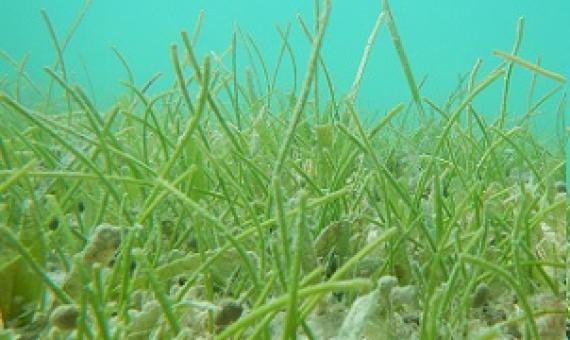A study has found that infrastructure worldwide is widespread in sites that have been identified as internationally important for biodiversity, and its prevalence is likely to increase.
Post-2020 biodiversity framework challenged by cropland expansion in protected areas
Protected areas (PAs) are essential for biodiversity conservation but are threatened by cropland expansion. Recent studies have only reported global cropland expansion in large PAs between 1990 and 2005. However, the amount of cropland expansion in global PAs (including relatively small PAs) since the 2000s is unclear. Using 30-m cropland maps, we find that the cropland expansion in PAs accelerated dramatically from 2000 to 2019, compared with that of global croplands.
A global assessment of the prevalence of current and potential future infrastructure in Key Biodiversity Areas
Infrastructure development is a major threat to biodiversity, leading to habitat loss and fragmentation, increased accessibility and pollution. Key Biodiversity Areas represent the most comprehensive network of important areas for biodiversity and the prevalence of infrastructure in KBAs has not previously been described. Here we examined the prevalence of current and potential future infrastructure within the global network of 15,150 terrestrial KBAs, using a range of open and commercial spatial datasets related to infrastructure.
A team of researchers from the German Center of Integrative Biodiversity Research (iDiv) and Martin Luther University Halle-Wittenberg (MLU) has now found that species that evolved to more extreme body sizes compared to their mainland relatives have a higher risk of extinction than thos
Landscapes are showing signs of losing their ability to absorb the amount of carbon they once could, a new study revealed. That would pose serious obstacles to the fight against climate change.
Global Protected Areas as refuges for amphibians and reptiles under climate change
Protected Areas (PAs) are the cornerstone of biodiversity conservation. Here, we collated distributional data for >14,000 (~70% of) species of amphibians and reptiles (herpetofauna) to perform a global assessment of the conservation effectiveness of PAs using species distribution models. Our analyses reveal that >91% of herpetofauna species are currently distributed in PAs, and that this proportion will remain unaltered under future climate change. Indeed, loss of species’ distributional ranges will be lower inside PAs than outside them.
In a new study published in Global Change Biology, Sean Parks, a research ecologist with the USDA Forest Service Rocky Mountain Research Station, Aldo Leopold Wilderness Research Institute, and his colleagues analyzed a database of global protected areas to see how well these n
A recent study shows that the Maml population in Palau has declined despite the total ban on the harvesting, possessing, and selling of Maml (Napoleon Wrasse) and Kemedukl (Bumphead Parrotfish).
Tropical deforestation causes large reductions in observed precipitation
Tropical forests play a critical role in the hydrological cycle and can influence local and regional precipitation. Previous work has assessed the impacts of tropical deforestation on precipitation, but these efforts have been largely limited to case studies. A wider analysis of interactions between deforestation and precipitation— and especially how any such interactions might vary across spatial scales—is lacking. Here we show reduced precipitation over deforested regions across the tropics.
Seagrass: green leaves swaying in the currents. Fish weave their way through, and sea turtles graze. They're always on their guard, watching out for any encroaching sharks. The seagrass' roots are hidden in the seabed, where they anchor the sand, securing the coastline.

